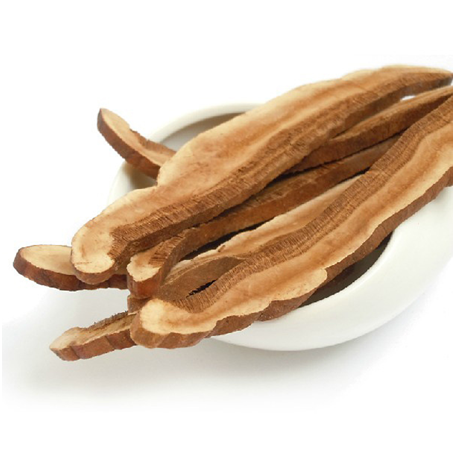Before storage, prepare the seeds to be collected in a cool and ventilated place to facilitate post-cooking and coloring, and it will play a role in eroding the seed coat. Pile up to no more than 20 cm in thickness and check once a day to prevent mildew. After 3 to 4 days of stacking, the outer seed coat was removed and grading was performed to select the inferior seeds.
Storage methods generally use indoor sand method. Sand reservoirs are classified into mixed sand storage and stratified sand storage. Sometimes, stratified sand deposits are converted into mixed sand for flipping inspection. Therefore, only mixed sand storage methods are introduced. The first thing to do is to choose fine sand. The water content should be controlled between 2% and 4%. The indoor air humidity should be kept between 85% and 90%. The amount of sand should be about twice that of the seeds. Mix the sand and seeds and store them on the land. Note that do not stack on concrete floors or on poorly-breathed ground. If placed in a place with poor air permeability, it is easy to make the seeds “self-tide†or “self-heating†phenomenon, further promote the respiration, and ultimately lead to the death of the seeds of alcoholism. Spread a layer of 10cm thick fine sand on the land surface, then spread the well-mixed seeds and put them all together. Cover them with 4 to 6cm thick sand. During the storage of seeds, they should be inspected regularly, ventilated and ventilated, keeping the indoor temperature appropriate. If the sand is a little dry, spray a small amount of water to keep it moist. After the A. chinensis seeds are trapped in the sand, they are conducive to germination, and the seedlings emerge neatly after emergence and have strong resistance to stress.
Reishi Raw Material
Reishi Raw Material covers Reishi Slice , Reishi Extract, Reishi Mushroom and Plant Extract etc.
Organic Reishi slices are chopped from the fresh well-selected log-cultivated organic Ganoderma lucidum fruiting bodies, with high content of spores. The well-chopped slices can be directly used in making Ganoderma Tea, cooking soup and brewing wine. It's a perfect choice to keep daily health and present as a gift.

The Reishi extract is made of the fine powder, ground from the globally certified organic ganoderma lucidum, rich in the active ingredients, like dietary fibers, ganoderma polysaccharides, triterpenoid ganoderma acid and protein.
Reishi Raw Material,Nature Reishi Raw Material,Organic Reishi Raw Materials,Raw Materials Herbal Reishi
Ganoherb International Inc , http://www.ganoherb.com
